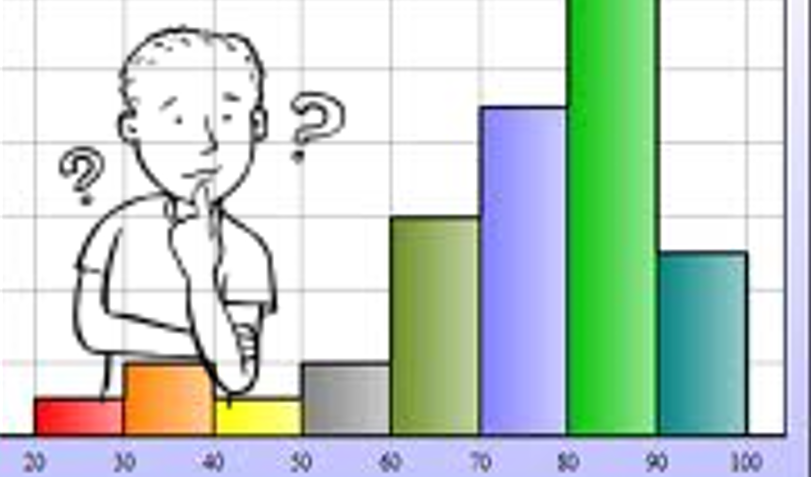Submitted by: Cheryl Corbin
Collaborators: Suzanna Panter, Jessica DelMonte
School: Dumbarton Elementary
Summary
Students explored and understood the life cycle of a pumpkin through a wide variety of media. Students researched our topic with Mrs. Panter, our librarian. During several trips to the library, students asked questions and predicted they might experience on our pumpkin patch field trip. Students discussed finding the answers to these questions through the use of song, “Plan, Do, and Review”, a process to use to gather our data. Students found answers collaboratively through discussion, books, databases, and videos. Research ended by sampling the wide variety of foods made out of pumpkins (ice cream, bread, muffins, roasted pumpkin seeds, pie). The field trip was recorded through the use of an iPad and a flip camera by students. Students returned with pumpkins, the following day, students actively participated in 8 rotation centers throughout the week. Centers allowed students to work collaboratively and think critically to apply what they learned through their research to activities that consisted of phonics, computer, Promethean board activities, reading, writing, home living, math, science, and listening.
TIPC Ratings
Students accessed a variety of informational sources on the pumpkin patch, the life cycle of the pumpkin patch, and aspects of the fall season. Students brainstormed on what they might see and do at the pumpkin patch, what questions they had about the pumpkin patch, and how they could find the answers. They learned a “Plan, Do, and Review” song. At the end of the week, we investigated quite a few products made from pumpkins (roasted seeds, muffins, bread, ice cream, and pie). Students also preformed hands-on research during the trip to the pumpkin patch. Students looked for life cycle examples. The ‘little pumpkin center’ gave more detailed investigation of actual pumpkins. Students recorded this ‘little pumpkin’ data for comparison at a later time. They were very engaged in the activities.
Students had the opportunity to communicate with each other throughout their research. Students collaborated during center rotations to accomplish a variety of tasks. They used many digital tools to complete the center.
Students had to think critically to design a pumpkin patch with limited materials.
Children came up with some very creative ideas on their own. The students did make predictions of what they thought they would see and do at the pumpkin patch, then went to the pumpkin patch and experienced it first hand. Upon returning, what we had learned was reinforced in the activities in the centers for the week.
Students made a pumpkin patch in pairs with materials, taking a picture, and narrating their project and the pumpkin patch made with blocks, animals, etc. used the students’ creativity and imagination. They used many different technological tools to demonstrate what they have learned in the last couple of weeks and to create new sources of information for pumpkins.





